While many visitors to Barcelona may flock to its famous landmarks, those seeking a deeper understanding of the city’s essence and evolution mustn’t overlook the Eixample district. This neighborhood holds within its streets the very secrets that shaped Barcelona into the vibrant metropolis it is today.
From the grand designs of Ildefons Cerdà to the intricate details of Catalan Art Nouveau, the Eixample offers a glimpse into Barcelona’s past intertwined with its present. Prepare to be captivated by the hidden gems waiting to be uncovered in this architectural and historical treasure trove.
Key Points
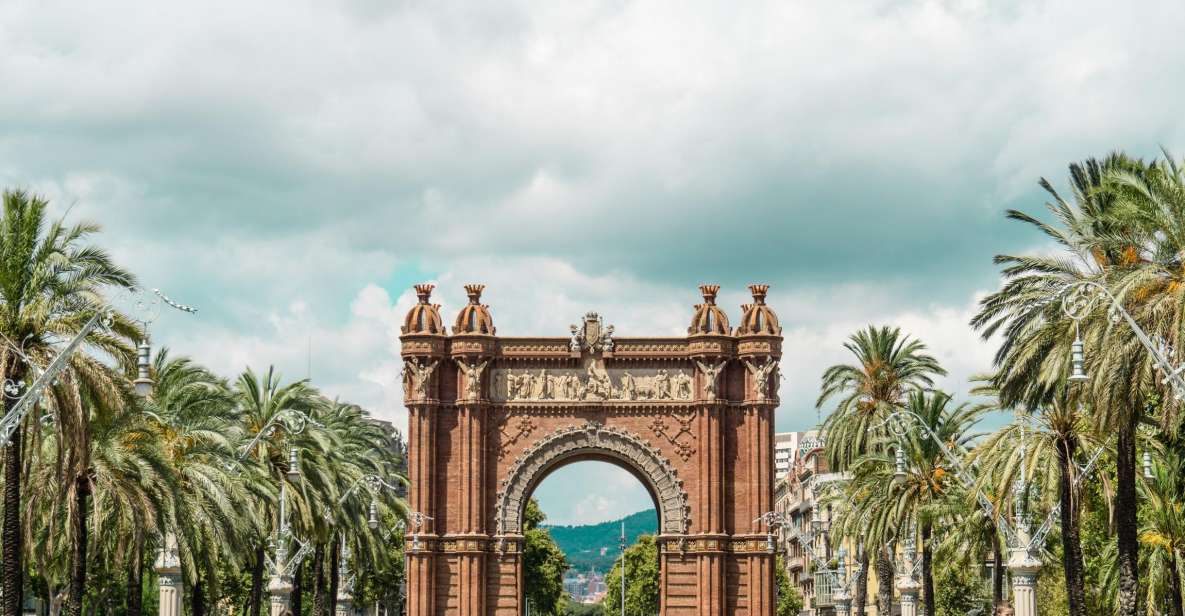
- Ildefons Cerdà’s visionary urban planning shaped Barcelona’s Eixample district.
- Gaudí’s architectural masterpieces like Sagrada Familia define Eixample’s unique charm.
- Barcelona’s historical evolution and cultural richness are reflected in Eixample’s design.
- The blend of functionality and aesthetics in Eixample showcases Barcelona’s urban identity.
Urban Planning of Eixample District
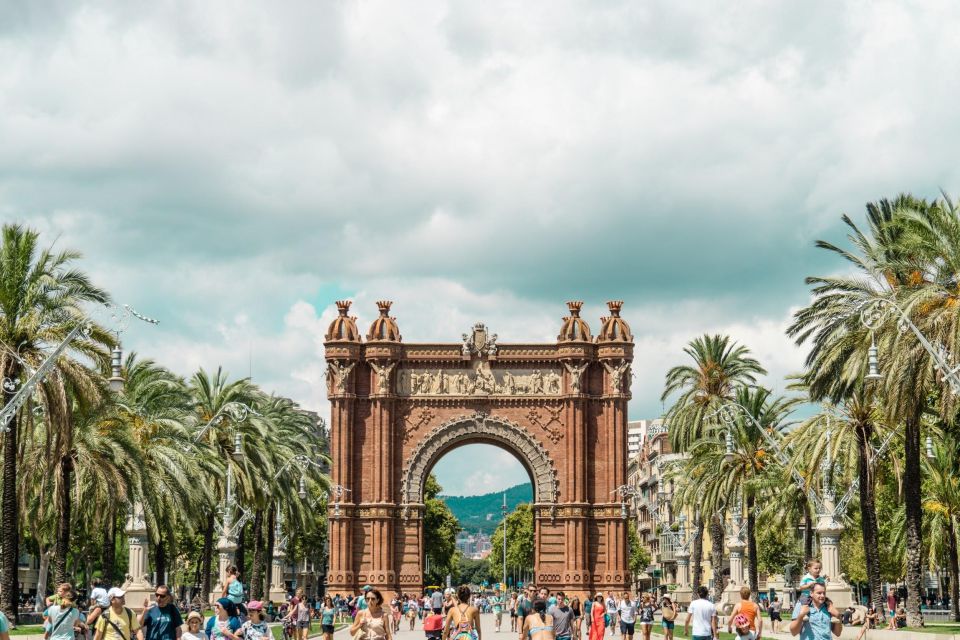
The meticulous urban planning of Barcelona’s Eixample district intricately weaves together history, architecture, and innovation to create a harmonious urban landscape. Urban design in the Eixample showcases Ildefons Cerdà’s vision for city expansion, characterized by its grid layout, octagonal blocks, and ample green spaces.
This visionary plan, developed in the 19th century, aimed to address the rapid growth and overcrowding of Barcelona by fostering a more organized and efficient urban environment. The Eixample’s wide avenues, like the iconic Passeig de Gràcia, not only facilitate traffic flow but also offer a picturesque setting for pedestrians.
This architectural feat, blending functionality with aesthetics, continues to shape Barcelona’s urban development and stands as a testament to forward-thinking urban design principles.
You can also read our reviews of more tours and experiences in Barcelona.
Architectural Gems by Gaudí
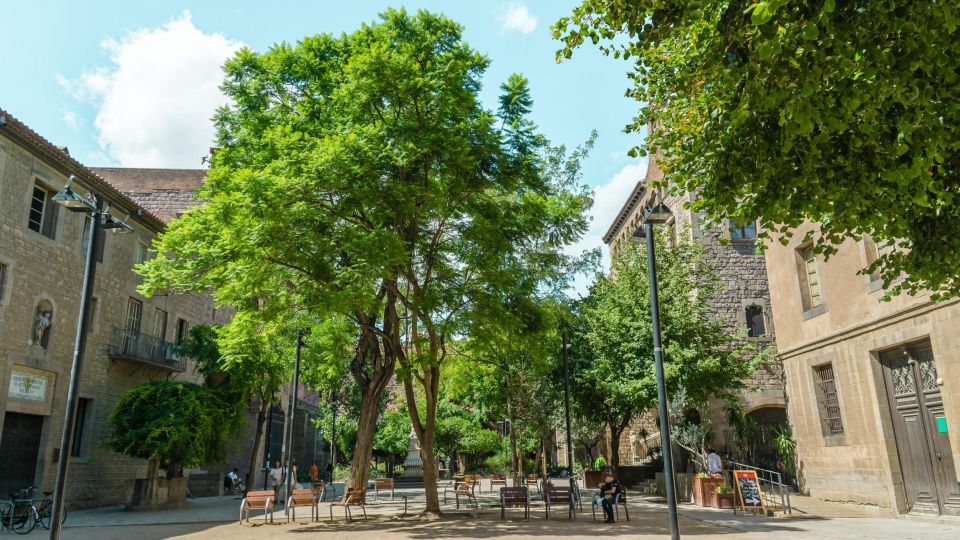
Pioneering the architectural landscape of Barcelona, Gaudí’s creations in the Eixample district stand as captivating masterpieces of Catalan Art Nouveau. His influence is undeniable, shaping the city’s identity with his unique style.
Some of Gaudí’s architectural gems in Barcelona include:
-
Sagrada Familia: This iconic basilica showcases Gaudí’s vision and remains unfinished, a testament to his innovative approach.
-
Casa Batlló: Known for its undulating facade and intricate details, this building is a prime example of Gaudí’s creativity.
-
Park Güell: A whimsical park blending nature and architecture, offering a glimpse into Gaudí’s imaginative world.
These architectural masterpieces not only reflect Gaudí’s genius but also attract visitors worldwide to admire his unparalleled work.
Historical Evolution of Barcelona
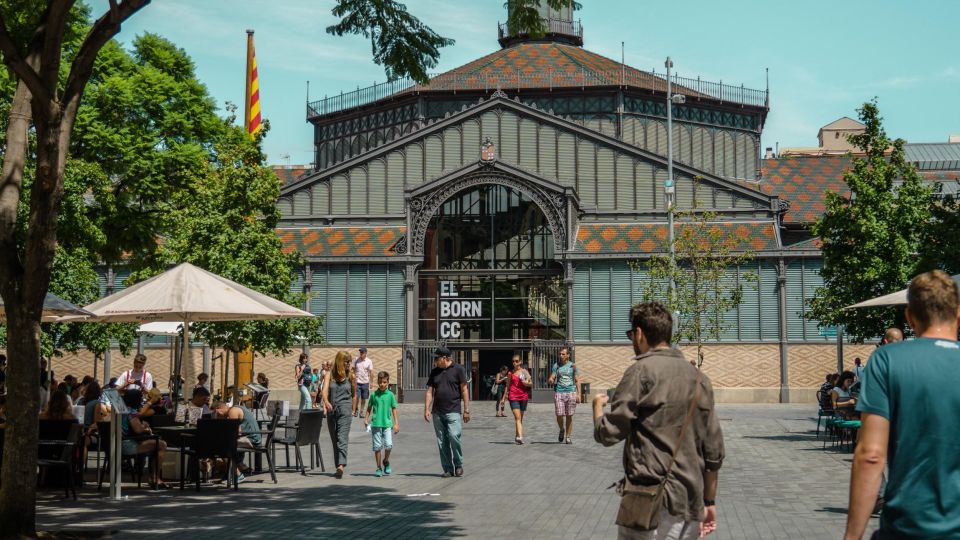
Amidst Barcelona’s bustling streets and modern facades lies a rich tapestry of historical layers waiting to be uncovered. Barcelona’s cultural heritage is deeply intertwined with its historical evolution, reflecting the city’s transformation over the centuries. From its origins as a Roman colony to the thriving metropolis it is today, Barcelona’s history is a testament to resilience and adaptation. The city’s strategic location on the Mediterranean has attracted diverse influences, leaving a lasting imprint on its architecture, traditions, and way of life.
| Historical Period | Key Highlights | Significant Events |
|---|---|---|
| Roman Barcelona | Establishment of Barcino | Construction of city walls |
| Medieval Ages | Gothic Quarter development | Catalan Revolt of 1640 |
| Industrial Revolution | Expansion of Eixample district | 1888 Barcelona Universal Expo |
Catalan Art Nouveau Movement
In the vibrant tapestry of Barcelona’s architectural history, one movement stands out for its unique blend of artistic innovation and cultural identity – the Catalan Art Nouveau Movement. This artistic style, also known as Modernisme, was deeply rooted in Catalonia and left a lasting impact on the city’s architecture.
Key features of this movement include:
-
Catalan architecture: The Catalan Art Nouveau Movement was characterized by a distinct architectural style that incorporated elements inspired by nature, intricate ornamentation, and a focus on craftsmanship.
-
Artistic influences: Influenced by various artistic trends of the time, such as the Arts and Crafts movement and Symbolism, Catalan Art Nouveau brought a fresh perspective to the world of architecture.
-
Cultural identity: This movement not only showcased artistic talent but also served as a reflection of Catalonia’s cultural heritage and national identity.
Impact of Urban Development
The evolving urban landscape of Barcelona reveals a dynamic interplay between historical preservation and contemporary development initiatives. Urban transformation and city development have shaped the city’s infrastructure over the years.
Barcelona’s growth is evident in the Eixample district, showcasing a blend of historical architecture and modern structures. The city’s expansion underlines a strategic approach to urban planning, balancing preservation of heritage with the need for progress.
As Barcelona continues to evolve, the impact of urban development is profound, influencing the city’s layout, amenities, and overall ambiance. Exploring the streets of Eixample provides a glimpse into Barcelona’s past and present, illustrating how urban development has been instrumental in shaping the city’s identity.
Visionary Ildefons Cerdà’s Plan
Barcelona’s urban landscape, a testament to a harmonious blend of history and progress, was profoundly influenced by the visionary Ildefons Cerdà’s groundbreaking urban development plan. Cerdà’s foresight and innovative approach laid the foundation for the transformation of the Eixample district into a modern marvel of urban planning. His plan revolutionized the city with its grid layout, incorporating wide streets and octagonal blocks. This design not only facilitated traffic flow but also prioritized green spaces and ventilation within the city, setting a new standard for urban development. Cerdà’s vision continues to shape Barcelona’s urban fabric, showcasing his enduring legacy in the city’s architecture and infrastructure.
- Grid Layout: Cerdà introduced a grid system with wide streets for efficient traffic flow.
- Octagonal Blocks: His plan featured octagonal blocks to maximize space and light in the city.
- Green Spaces: Cerdà prioritized the inclusion of green spaces and ventilation in his urban design.
Local Perspective on Barcelona’s History
Delving into the tapestry of local narratives, one uncovers Barcelona’s rich historical saga from a unique vantage point. Barcelona’s history is a tapestry woven with diverse cultural influences and deep community engagement.
| Historical Aspect | Cultural Influences | Community Engagement |
|---|---|---|
| Roman Origins | Roman architecture and traditions | Community festivals |
| Medieval Barcelona | Gothic art and architecture | Neighborhood associations |
| Modernist Movement | Catalan Art Nouveau style | Local artisan collaborations |
| Civil War and Dictatorship | Impact on local culture | Resistance movements |
| Olympic Transformation | International influences | Local volunteer programs |
Through these lenses, locals offer a nuanced understanding of Barcelona’s past, highlighting how cultural interactions and community involvement have shaped the city into what it is today.
Common questions
What Are Some Hidden Gems or Lesser-Known Attractions in the Eixample District of Barcelona?
In the Eixample district of Barcelona, hidden treasures and local secrets await discovery. Off the beaten path, visitors can explore hidden gems like secret interior gardens and the renovated market in the Sant Antoni Neighborhood.
How Has the Catalan Art Nouveau Movement Influenced Modern Architecture in Barcelona?
The Catalan Art Nouveau movement has profoundly influenced modern architecture in Barcelona. Its intricate designs can be seen throughout the Eixample district, revealing hidden gems and lesser-known attractions that showcase the cultural identity of the city.
Can Visitors Access the Secret Interior Gardens Mentioned in the Tour Description on Their Own, or Are They Only Accessible Through Guided Tours?
Visitors can access the hidden gardens on self-guided tours. These local secrets offer a glimpse into Barcelona’s architectural charm. Exploring these gems independently allows for a more intimate experience, uncovering the city’s historical and cultural richness.
What Are Some Unique Aspects of the Renovated Market in the Sant Antoni Neighborhood That Make It a Must-Visit Destination?
The renovated market in the Sant Antoni neighborhood offers a vibrant food scene where local artisans showcase their specialties. It’s a must-visit destination with hidden alleys filled with unique flavors, cultural experiences, and a bustling atmosphere.
How Has the Urban Development of Barcelona Impacted the City’s Cultural Identity and Local Communities Over Time?
Urban development in Barcelona has shaped its cultural identity, blending modernity and tradition. This evolution balances preserving heritage with fostering growth. Local communities thrive amidst architectural wonders, reflecting a harmonious coexistence between past and present influences.
Final Words
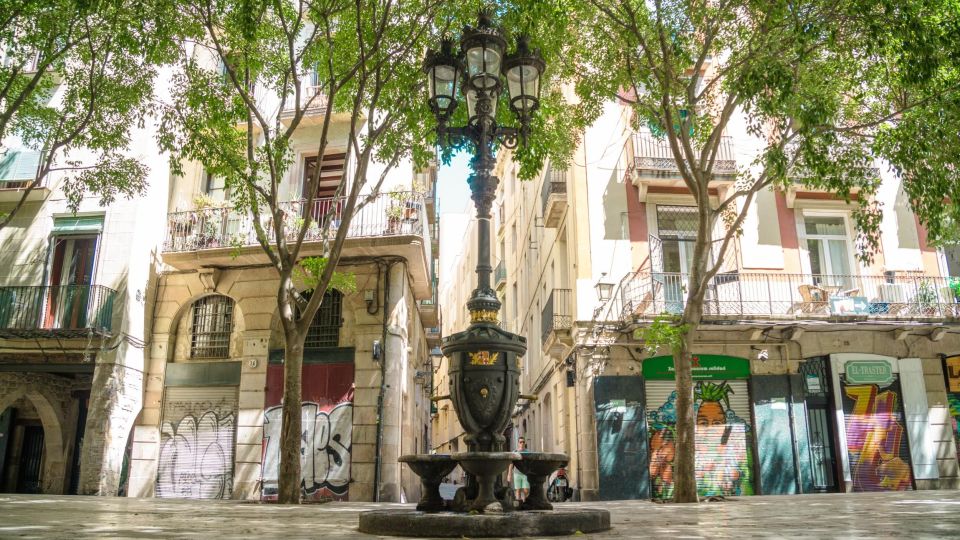
As the sun sets over the Eixample district, one can’t help but feel a sense of awe at the architectural wonders and rich history that define Barcelona.
From Gaudí’s masterpieces to Ildefons Cerdà’s visionary urban planning, this neighborhood is a testament to the city’s evolution and resilience.
Exploring the hidden secrets and essential highlights of the Eixample offers a glimpse into Barcelona’s past, present, and future, leaving visitors with a deep appreciation for this vibrant city.
More Tour Reviews in Barcelona
Not for you? Here's more nearby things to do in Barcelona we have reviewed
- Montserrat Private Tour With Hotel Pick-Up From Barcelona
- Barcelona: Private Catamaran Sailing Cruise
- Sip, Sites & Bites Barcelona Food, Drinks & History Tour
- Two Hours Quick Barcelona Private Tour With Hotel Pick up
- Costa Brava: Kayak, Snorkel, Photos, Lunch & Beach From Barcelona
- Barcelona Tour
- Barcelona Highlights Tour and Montserrat Monastery With Hotel Pick-Up
- Photo Tour: Barcelona Famous Landmarks
- Market to Fork: Market Tour and Private Cooking Class
- Capture Your Love Story in Barcelona, Old City Edition
- Skip the Line: National Art Museum of Catalonia Entrance Ticket
- Instagram Photoshoot Tour in Barcelona
